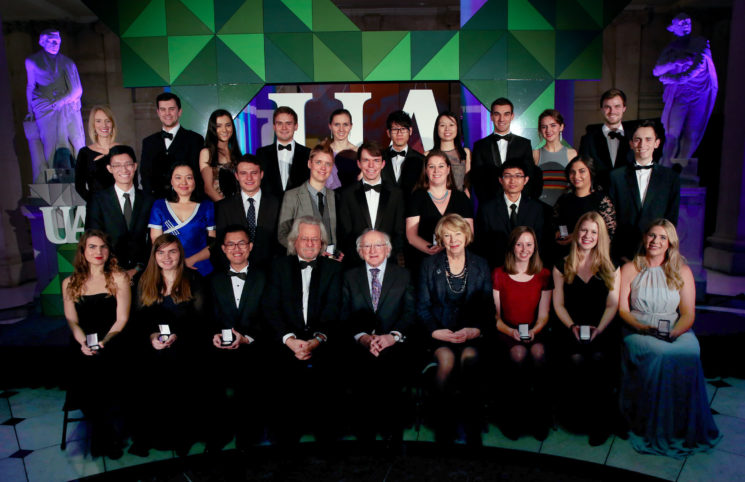2016 Undergraduate Awards
Document Type
Article
Publication Date
2016
Abstract
This paper presents an analysis for Les Yeux Clos II (1989), a solo piano piece written by Toru Takemitsu, based on a lithograph by Odilon Redon. The piece falls within Takemitsu’s “Third Period” which Timothy Koozin describes as a combination of “Western syntax” and “Japanese tradition.” By identifying the influences of Western composers, such as John Cage and Olivier Messiaen, and Japanese tradition, this paper analyzes the extent to which both Western and Eastern traditions can be identified in this piece. Based on comments by Takemitsu and John Cage, the form of the piece is defined by means of motivic recurrence and periods of silence. Using writings by Timothy Koozin and Per F. Broman as a base, the harmonic content of the piece is analyzed with regards to two referential collections: the octatonic collection and the half-diminished seventh chord. Deviations from these harmonic models are then explained with regards to Japanese tradition. The paper concludes by corroborating Koozin’s statement regarding the presence of both Western and Eastern influence in Les Yeux Clos II.





Notes
Image: "Takemitsu Songs" by iClassical Com. Licensed under CC BY 2.0.